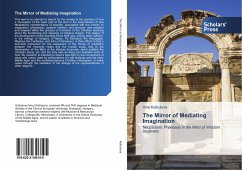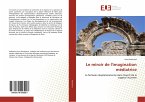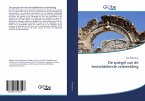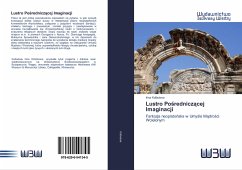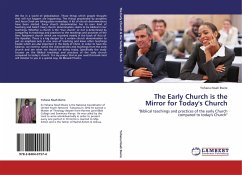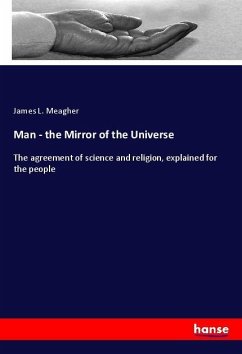This work is an attempt to search for the answer to the question of how a conception of the lower part of the soul in the interpretation of late Neoplatonic commentators of Aristotle, associated with the notions of imagination (phantasia), passive intellect, and pneuma, was adopted and adapted within the process of formation of the Christian teaching about the functioning and meaning of religious images. The stages of the development of this teaching found their way, among other authors, in the writings of Gregory of Nyssa, Ps.-Dionysius the Areopagite, Maximus the Confessor, and John of Damascus, in their efforts to find a technical instrument for the expression of the theme of mediation between the heavenly realm and the human souls, due to the Redemption of the Mind of the Wisdom Incarnate, which justified the Christian liturgy, art, and the holy men as living and depicted icons of God. My research is intended to shed a new light on the connections of ideas and notion used by philosophers of Late Antiquity and the early Middle Ages and the contemporaneous Christian theologians, in some cases through the mediation of the writings of the representatives of other religions.

